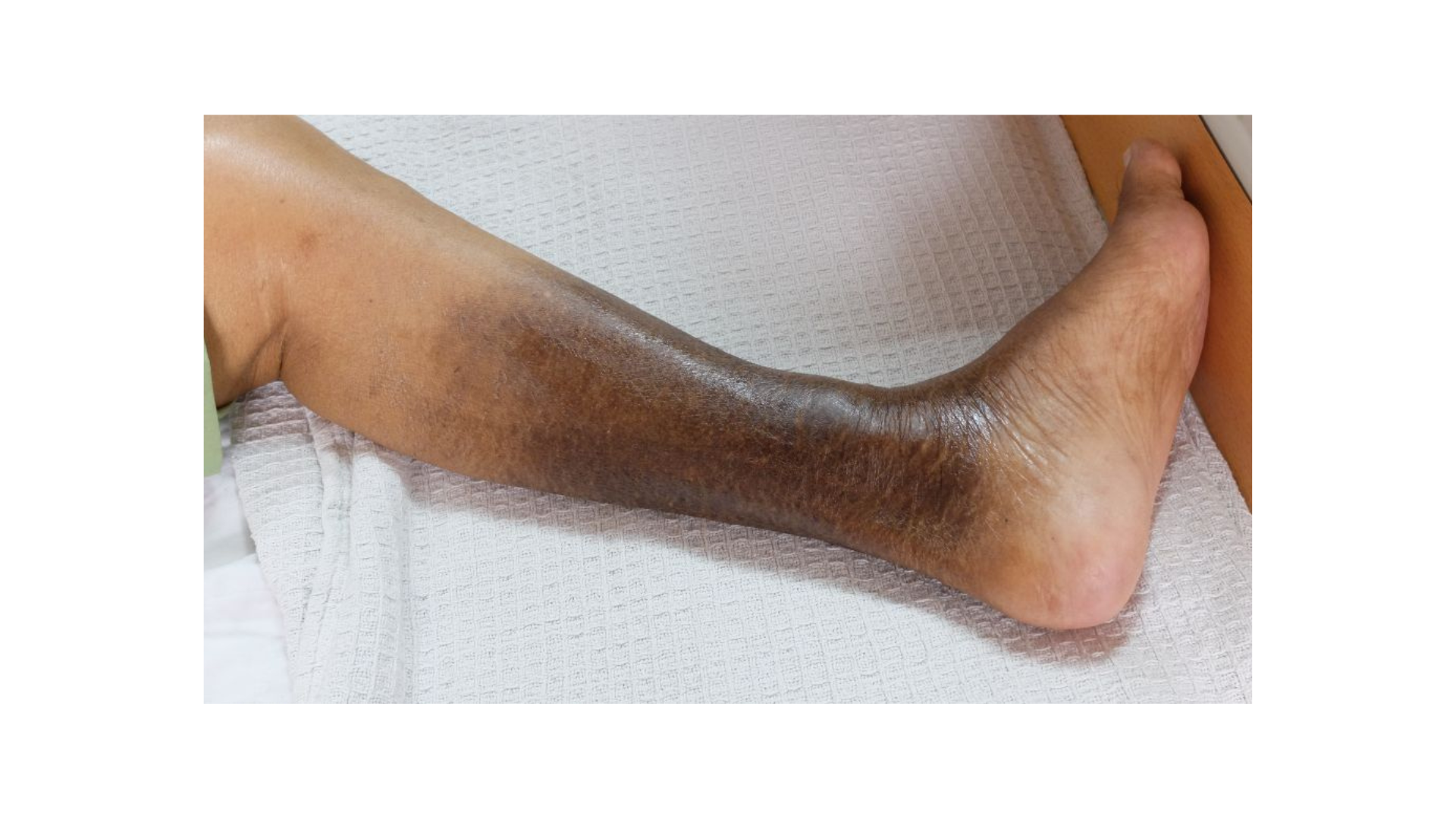The History of Silver in Wound Care
December 21, 2021
Before the discovery of penicillin in 1928, silver was the primary antimicrobial agent available. Now, as antibiotic resistance plagues the health care field, silver has new value for wound care. Additionally, silver has demonstrated limited cytotoxicity when used topically, thus making it a suitable alternative to antibiotics.
History of Medical Silver
The medical use of silver dates back to 1850 BCE Egypt,1 where it was directly applied to wounds to improve healing. The wealthy in ancient Rome, Greece, and Egypt used silver to purify fresh water and preserve it for years.2 Without a modern understanding of microbes and water purification processes, silver was the best way for ancient peoples to reduce their risk of bacterial infection from water sources. Between 0 and 1000 CE, silver was used in the form of silver nitrate and silver filings for medicinal purposes. Silver was thought to purify the blood, prevent heart palpitations, and treat offensive breath.2
How much do you know about managing the use of silver in wound care? Take our 10-question quiz to find out! Click here.
Modern uses of silver began to emerge in the 1500s, with silver nitrate used to chemically cauterize wounds. Silver nitrate was also used internally to treat brain infections, but this practice is no longer in use. In the 1800s, silver began to be used for a wider variety of medical applications. Surgical wounds were sutured with silver wires. Medical personnel on the front lines of the First World War carried silver leaves to wrap soldiers’ wounds.3
Colloidal silver debuted in the early 1900s as both an external and internal antimicrobial. It was used to disinfect hospital equipment as well as to control infections through wound application,2 eye drops, nose drops, and intravenous injection,3 The use of colloidal silver is limited by the lack of research on long-term effects. Most recently, silver is mostly used topically and in wound dressings to decrease the risk of side effects of silver such as agyria.
Current Recommendations for the Medical Use of Silver
Wound dressings are the most common use of medical silver today. The dressings typically contain a silver nanoparticle that combines with surfactants, chelators, calcium, gelling fibers, sulfates, or even nylon, depending on the wound’s needs and practice setting. The risk of silver toxicity through integumentary absorption is very low.4 Silver resistance is not as common as antibiotic resistance, given the multifaceted approach silver takes to combat bacteria5; however, care must be taken not to overuse silver to decrease the risk of bacteria developing silver resistance.6
Silver interrupts multiple pathways within the microbial cell as well as the biofilm formed between bacterial cells, thereby making silver optimal for preventing further complications. Silver can also improve the effects of topical antibiotics. Silver breaks down the biofilm to allow the antibiotic to penetrate individual bacterial cells. Many antibiotics are ineffective against biofilm, so combining them with silver can have significant clinical effects.7 Ingestion and injection, however, are not recommended by experts because of unknown systemic effects.8 The primary known side effect of long-term injection is argyria,4 although limited research has been conducted. One case study reported a woman who ingested colloidal silver and developed leukocytoclastic vasculitis, which resolved after she stopped ingesting colloidal silver.9
Recent studies also suggest that smaller particles of silver may have a toxic effect on the liver and kidneys, which are the main methods of silver excretion, as well as the testis.10 Given the lack of long-term studies on the safety of ingested silver, topical use of silver is more common in today’s medical practice.
Conclusion
Silver has been used for centuries to manage wounds and other ailments. Compared with other topical antibiotics, it has a lower risk of resistance development.

References
1. Paladini F, Pollini M. Antimicrobial silver nanoparticles for wound healing application: progress and future trends. Materials. 2019;12(16):2540. doi:http://dx.doi.org/10.3390/ma12162540
2. Alexander JW. History of the medical use of silver. Surg Infect. 2009;10(3):289-292.
3. Medici S, Peana M, Nurchi VM, Zoroddu MA. Medical uses of silver: history, myths, and scientific evidence. J Med Chem. 2019;62(13):5923-5943.
4. Lansdown AB. Silver in health care: antimicrobial effects and safety in use. Curr Probl Dermatol. 2006;33:17-34.
5. Wang H, Wang M, Xiaohan X, et al. Multi-target mode of action of silver against Staphylococcus aureus endows it with capability to combat antibiotic resistance. Nat Commun. 2021;12(1):3331. doi:http://dx.doi.org/10.1038/s41467-021-23659-y
6. Mariana BM, Klumpp J, Widmer M, et al. Chromosomal Sil system contributes to silver resistance in E. coli ATCC 8739. Biometals. 2018;31(6):1101-1114. doi:http://dx.doi.org/10.1007/s10534-018-0143-1
7. Barras F, Aussel L, Ezraty B. Silver and antibiotic, new facts to an old story. Antibiotics (Basel). 2018;7(3):79. doi:10.3390/antibiotics7030079
8. Griffith RD, Simmons BJ, Abyaneh MAY, Bray FN, Falto-Aizpurua LA, Nouri K. Colloidal silver: dangerous and readily available. JAMA Dermatol. 2015;151(6):667-668.
9. Mohan N, Gomez C, Khawar N, Narula P, John M. Colloidal silver ingestion associated with leukocytoclastic vasculitis in an adolescent female. Am J Case Rep. 2019;20:730-734. doi:10.12659/AJCR.915499
10. Al-Doaiss A, Qais J, Alshehri M, Bashir J. In vivo study of silver nanomaterials’ toxicity with respect to size. Toxicol Ind Health. 2020;36(8):540-557. doi:http://dx.doi.org/10.1177/0748233720937201
The views and opinions expressed in this blog are solely those of the author, and do not represent the views of WoundSource, HMP Global, its affiliates, or subsidiary companies.











Follow WoundSource
Tweets by WoundSource